It can be scary when our dogs get hurt and it is often hard to know exactly what to do in these situations. It’s important to remember to keep calm, and comfort your dog as best as you can because your pet is probably even more shaken up than you are. You should remember to carry a first aid kit that is designed with animals in mind, and be ready to use the contents to help your dog. In this article we’ll cover ways to keep your dog comforted after injury, as well as the essential items that you should have in your dog’s first aid kit, and lastly we’ll take a look at treating a few common injuries. Remember, if you think your dog is seriously injured, contact your veterinarian immediately.
First, let’s talk about keeping your dog calm.
If your dog is injured, chances are good that they are in pain. This could lead them to act out in fear and confusion, and you could get hurt in the process of trying to help. Make sure that you exercise caution when trying to comfort your pet. Even the most gentle animal has the potential to bite you or worse when they are in pain. If you are attempting to examine the injured area, be careful and go slowly. During your examination, try to stay away from the dog’s face. It may seem like second nature to kiss your dog’s head, or try to hug the dog’s body. Don’t do this, as you could get seriously hurt, and in some cases you could exacerbate the dog’s injuries further. If it is necessary, you can place a muzzle over the dog’s head to stop them from biting. Obviously, if the dog is throwing up, or is having trouble breathing because of their injury do not use a muzzle.
Now that we’ve gotten a crash course on how to comfort your dog in times of injury, let’s talk a little bit about first aid kits and what items to make sure you have ready at hand in case of an emergency situation.
Any time you are going to be leaving the house with your dog, make sure to pack your first aid kit in the car, or in your bag if you are going to be going on a walk, or a hike, or any other activity that will take you away from your home base. It’s impossible to predict whether or not something bad will randomly happen while you are out and about, and you want to make sure to be prepared for anything that could happen to your dog.
A good first aid kit for dogs will contain the following items:
● Latex, or Vinyl gloves - you’ll want these to make sure that you don’t get anything on your hands, but you also want to make sure that you don’t contaminate any wounds you might have to examine. These gloves will provide a barrier.
● Gauze
● Non stick Bandages
● Self Adhesive Tape
● Scissors - You’ll want these on hand to cut lengths of bandage since most first aid tape is not perforated.
● Tweezers - Tweezers allow you to remove debris from a wound without touching it, and causing further pain to your dog.
● Cotton Balls
● Hydrogen Peroxide - You can use this to disinfect minor wound areas.
● Antibiotic Ointment - This will aid in healing, and keeping the wound clean. However you should always consult your vet before applying ointment to any cuts or burns.
● A Thermometer
● A blanket - An emergency blanket will come in handy to keep your dog warm if they have burned themselves, or have otherwise injured themselves and are in shock.
There are plenty of great options available out there for first aid kits that are made with animals in mind specifically. The Dog First Aid Kit from RC Pets is a great option because it provides you with all of the items listed up above, and in addition you get some extras like an oral syringe, a tongue depressor, CPR mask for humans, saline eye wash and more! It is especially handy that this particular kit comes with it’s own adventure bag so that you can easily take it with you on the go.
Alcott also makes a similar kit, with all of the aforementioned items as well a larger bag so that you can fit all 40 pieces inside the kit and still have room to include other things you wish to supplement the kit with, or perhaps your dog’s medication box or even just a cell phone or a wallet!
If you need something a little more compact, with just the basics, RC Pets returns with a smaller version that features a convenient carabiner clip to make transport a snap. This smaller package comes with all the essentials, and in addition to those, it features a dispenser for poop bags, and a first aid guide pamphlet that contains tons of helpful information on pet first aid.
Finally, let’s discuss a few more of the more common injuries you might encounter, and the ways you can provide first aid to your dog if they are in need of help.
CUTS/BLEEDING: In the event that your dog gets cut, and is bleeding badly, try to keep the dog calm and still. Stem the bleeding by wrapping a tight bandage around the area. If the first bandage is not enough, and the blood is seeping through, then reapply. Use gauze from your first aid kit, and non-stick bandages. You’ll want to cover the bandages with more gauze padding, and another cotton bandage on top of that. Finally, use an adhesive bandage and cover the entire area.
If the injury is in an area that makes it difficult, or impossible to apply a bandage, then apply pressure using a cotton pad, and get to the vet quickly. If you are without padding of some sort, improvise and use a towel or even a shirt to help keep bleeding to a minimum.
POISON: If you think your dog has been poisoned, or has poisoned themselves by eating something that is potentially toxic to them, do not panic. First try to locate the packaging of the substance you think the dog has eaten, and read the instructions on the back. Contact poison control right away, and explain the situation to the dispatcher on the phone. Follow their instructions. If you think the dog ate a toxic plant, attempt to find and identify the plant. Do not induce vomiting unless you are explicitly instructed to do so by the operator or your vet.
BURNS: Burns are less common, but still happen to dogs from time to time. If your dog has burnt themselves, run cold water over the area for at least five minutes straight and contact the vet. Do not apply any ointments or creams to the area unless your vet says to do so. Try to make it to the vet as quickly as possible. However, if there is going to be a delay you can soak the area with a saline solution on a pad.
In severe cases, your dog may be in shock, and could be losing body heat as a result. Keep your dog warm. If your first aid kit contains an emergency blanket, use that. If you don’t have a blanket like this, improvise with what you do have available.
BROKEN BONES: In especially severe circumstances your dog might take a fall, or otherwise injure themselves in a way that causes a bone to break. If this is the case, make sure NOT to use a splint. These are often very painful for your dog, and could further injure the broken bone. The best thing to do is to confine the dog for transport, and get to the vet’s office immediately. Call ahead of moving the dog, so that your vet knows you are on the way and can be waiting to receive you when you arrive.
So, there you have it. These are the basic things you need to know when it comes to administering first aid to your dog. We looked at ways to keep the dog calm, we discussed what items you need to have in your first aid kit, and finally we talked about a few of the more common injuries you might encounter and how to deal with them. You’ve got all the tools you need in your brain and your handy first aid kit to keep your dog safe, and always remember if you think your dog is seriously injured, and you are unsure of what to do or how to handle the situation please contact your vet before you do anything else, and follow their instructions.



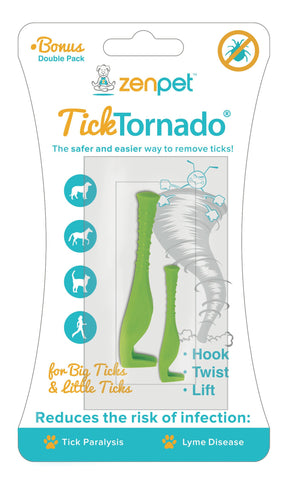
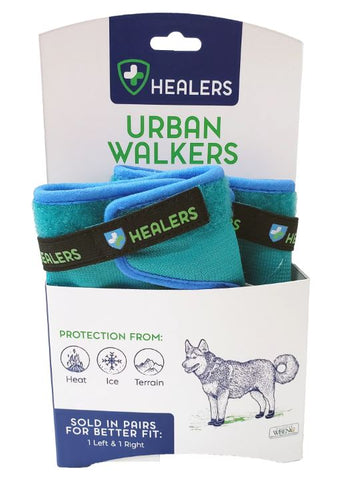
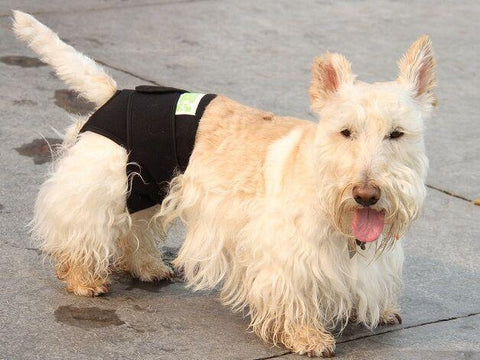
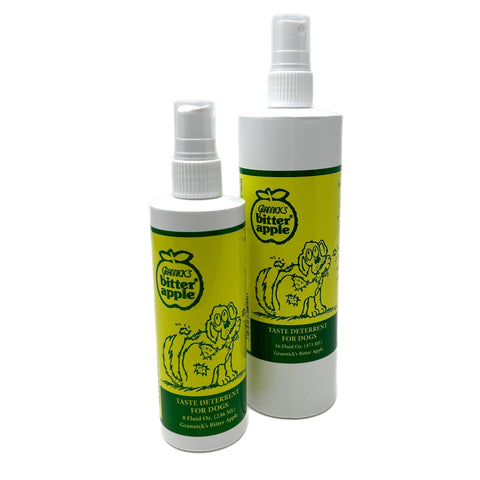










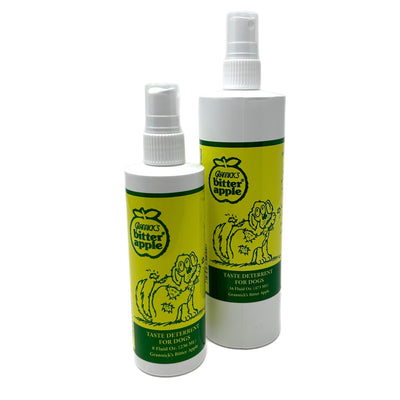
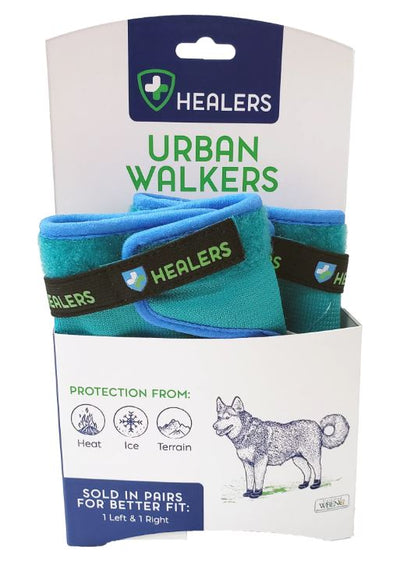
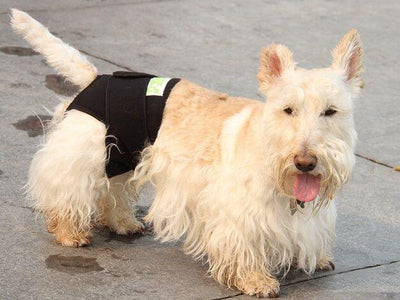
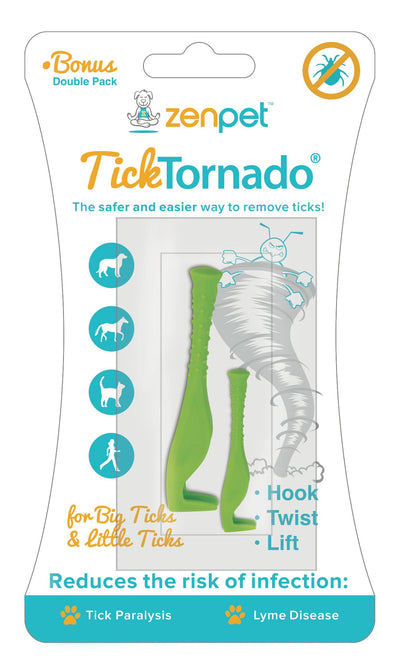
Leave a comment